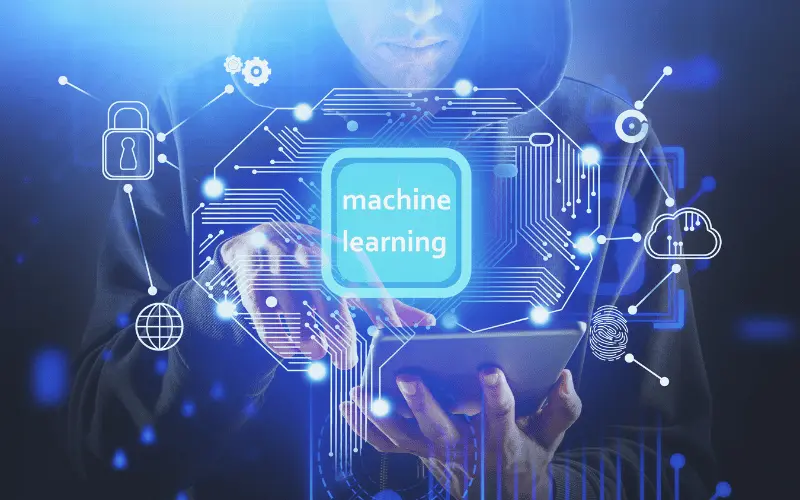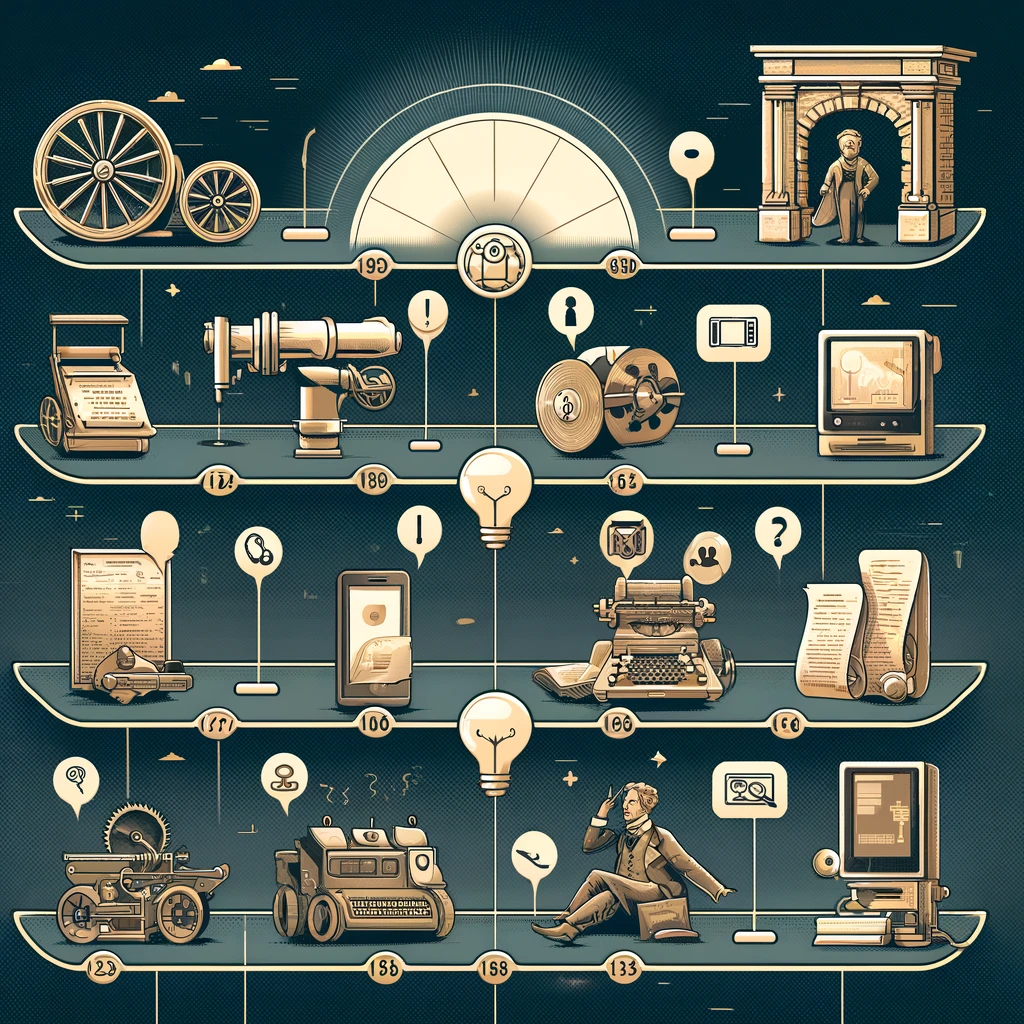In the age of modern technology, machine learning is one of the most important technical concepts that attract the attention of many people and institutions. Machine learning is one of the artificial intelligence branches that is interested in creating systems capable of learning and adapting based on data, rather than relying on machine programming on each event that is hard work and long. This area is characterized by its ability to analyze data and acquire knowledge, thus using it to make decisions in a human-like manner. In this introduction, we will explore the definition of machine learning and its modus operandi, as well as review its most important types and provide some notable examples illustrating its practical applications in different aspects of life.

What is machine learning? What is the difference between machine learning and artificial intelligence?
It is a branch of artificial intelligence that aims to provide machines with different information and data and train them to deal with them for targeted operations. All to carry out human operations more rapidly and efficiently than human beings. By training machines on how to handle such data “algorithms” arise. The algorithms enable smart machines to analyze data, solve problems, and predict the future.
As we have spoken before, machine learning is an aspect of artificial intelligence. Although they are used as synonymous terms, they differ from each other. AI refers to the machine’s ability to simulate man’s mind and perform tasks instead of him. It refers to the way the machine does so.
How does ML work?
It works based on algorithms, where a large set of databases are created that the machine will later use to understand the required way of working. Through the machine training on a wide range of data on the image classification of tree leaves, for example. Once the learning process is over, this machine can classify an image of a particular type of foliage once it is displayed on it. In this process, this machine relies on a set of image features in its database. This allows her to give you information about this image (also in her database). It will also work to record new features in its database for future use in the image classification process. This training process is considered “machine-learning”.
However, for a successful algorithm, we need a large set of complex data that the algorithm continuously trained for a certain period and several times. This will lead these algorithms (called machine-learning algorithms) to become “machine-learning models”. Automated learning models thus form a set of algorithms trained to perform specific tasks, such as moving chess pieces, sorting images, or predicting languages.
What is the difference between machine learning and deep learning?
To perform complex tasks, this may require using more than one machine-learning algorithm together to create complex networks of integrated data. According to a “deep learning” process, like AI chatbots.
Thus, machine-learning is database-supported algorithms in which machines are trained to produce a machine that can perform a specific function. Deep learning is a set of united algorithms forming a network of associated data. Which is very similar to the human brain and its name is “neural networks.” It allows machines to perform very complex tasks.
What are the types of machine learning?
1. ML under human supervision
In this type, the machine is trained in a set of data. This data allows it to solve the problem, or answer the required query. This is done by providing machines with the main features. If these features exist in the data submitted to machines, give these machines the power to out one specific answer. The machine can be provided with a database about the features of each type of tree leaf. If a foliage photo is presented to the machine, the machine can examine the features of this photo. Then, it can provide an answer containing the name of the foliage in the photo, or even some information about it. This type of machine-learning is used to identify patterns within a wide range of unnamed data.
2. Semi-supervised ML
This type of AI unnamed and unclassified dataset is used to train algorithms and form the model. The algorithms are refined with a simple set of initial data to guide the mechanism of their work, and a wide range of unnamed data is added to complete the model. As the machine relies on machine learning technology to make the features of the answer key. This type is mainly used for forecasting and data disaggregation purposes.
3. Unsupervised ML
Unsupervised ML requires unclassified data to train algorithms and create models. That is, algorithms are refined with data that does not include marks, allowing these models to detect data without human assistance.
4. Enhanced ML
It is a machine-learning pattern based on trial, reward, and error. So, specific experiments are done, and based on the machine’s answer or their reaction, they are given the test result correctly or wrongly. Thus, machines are provided with observations on the way to answer next time.


